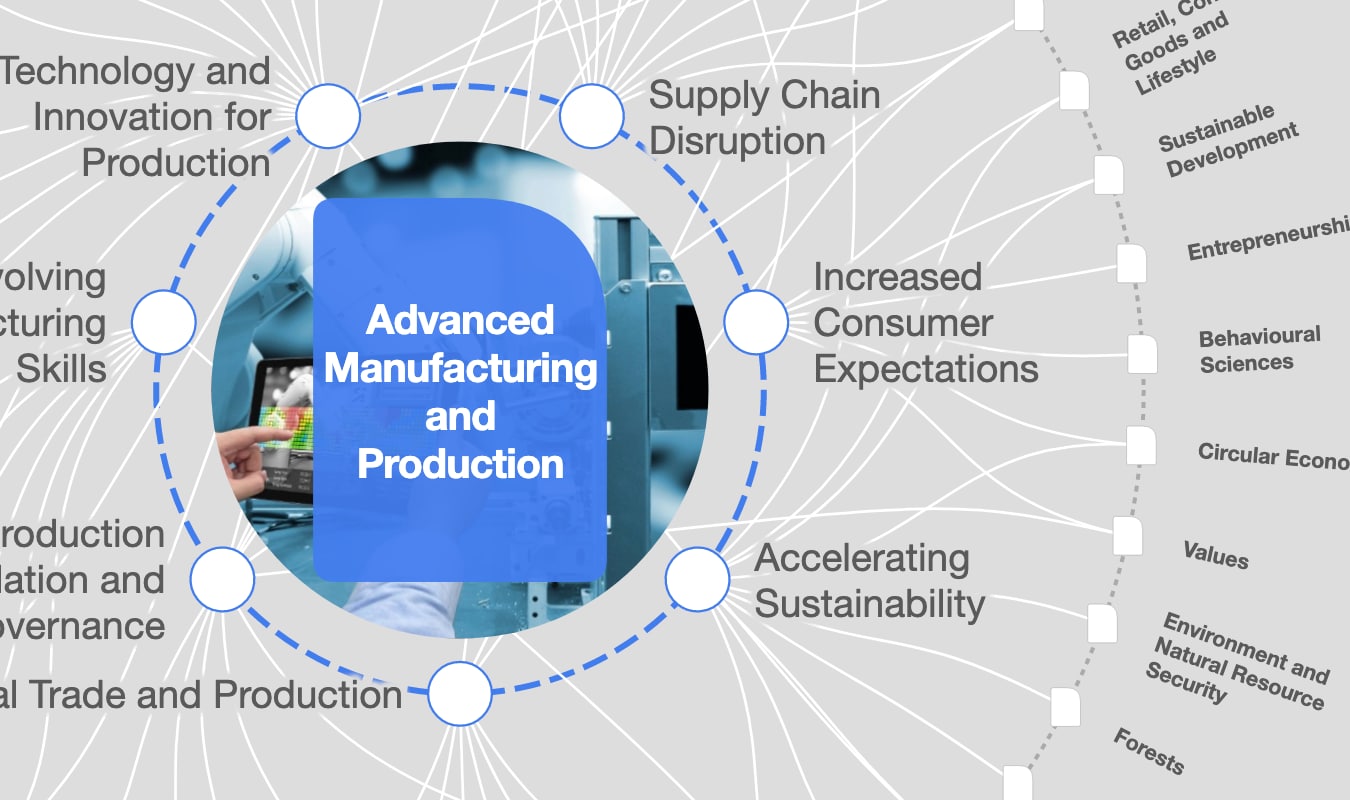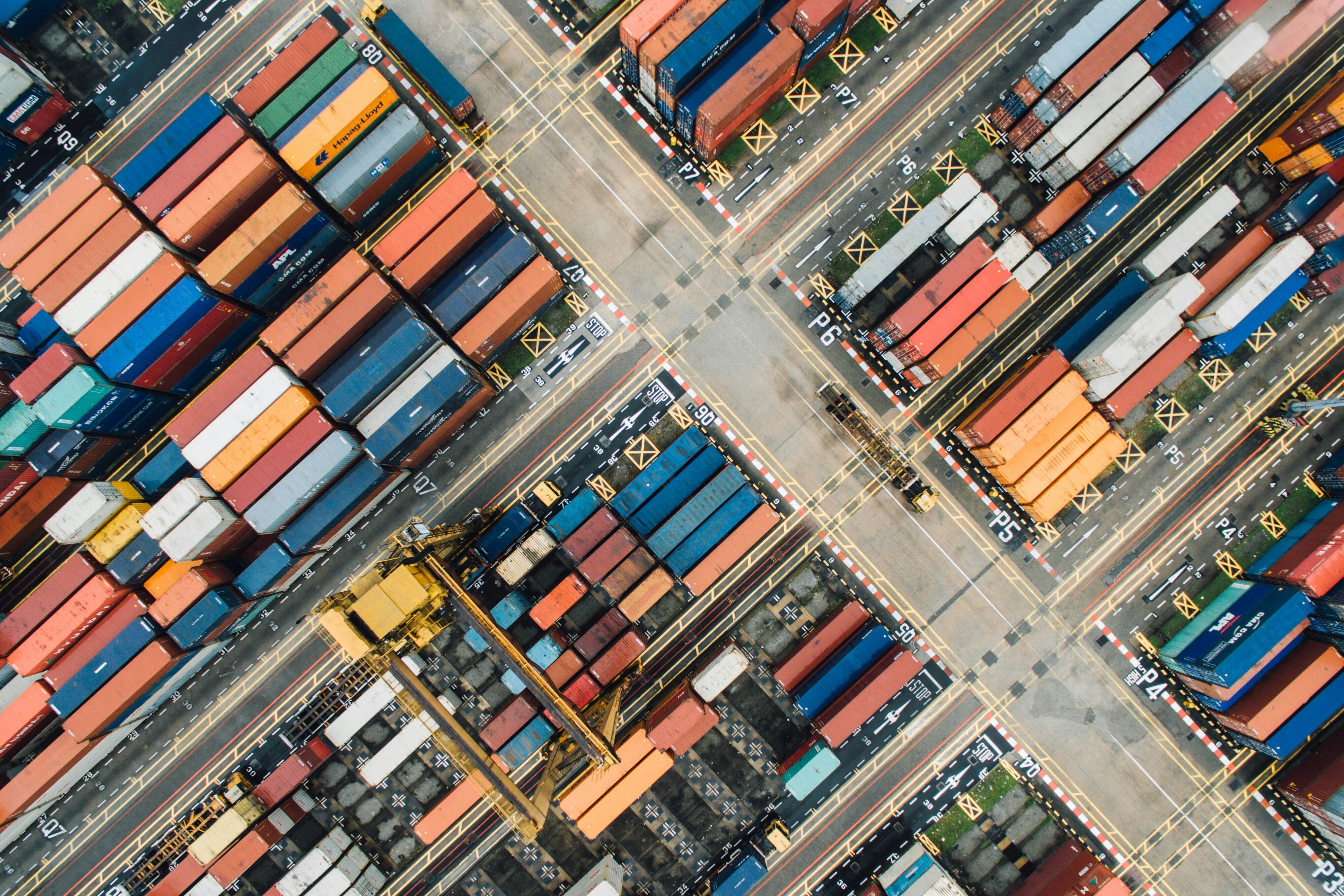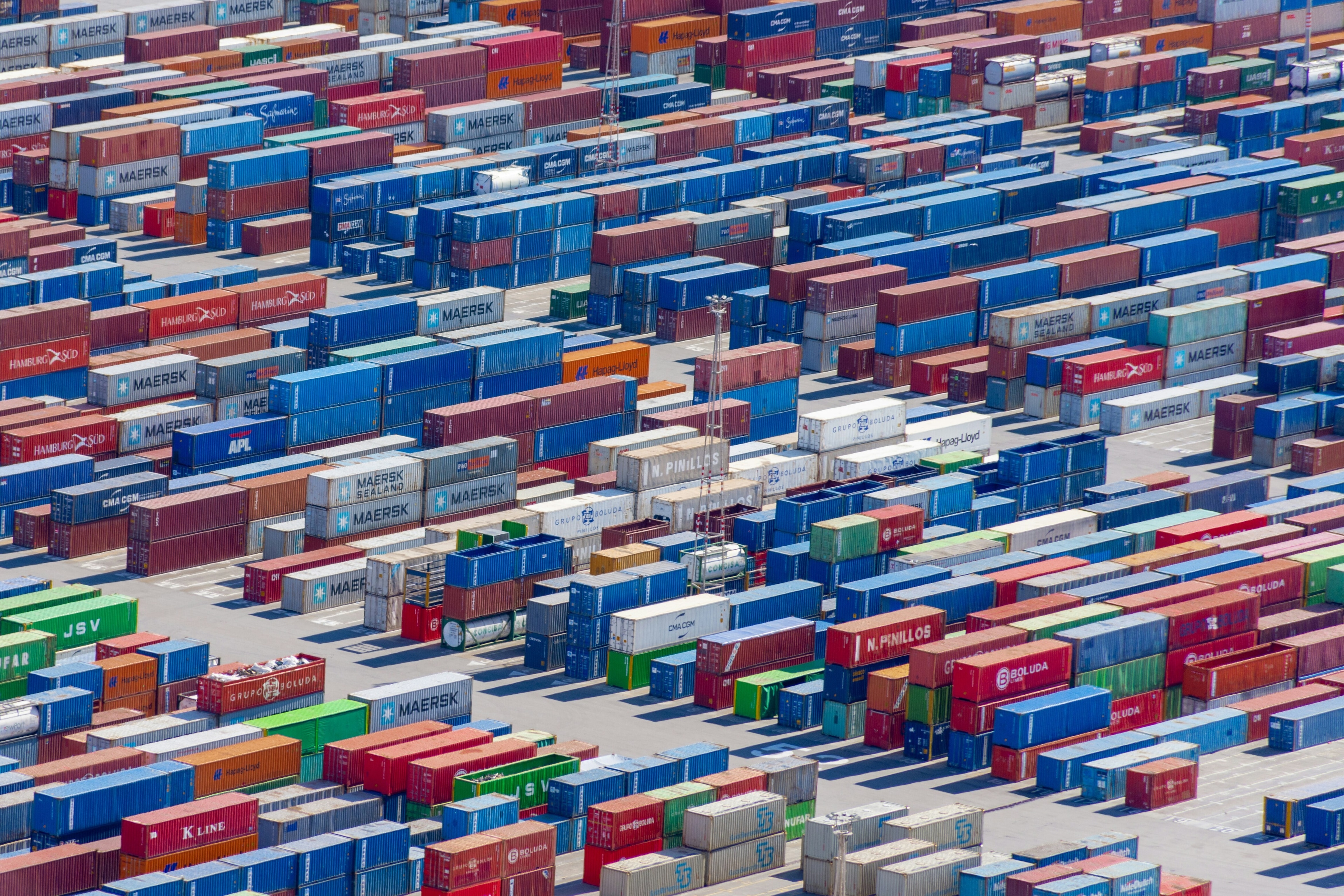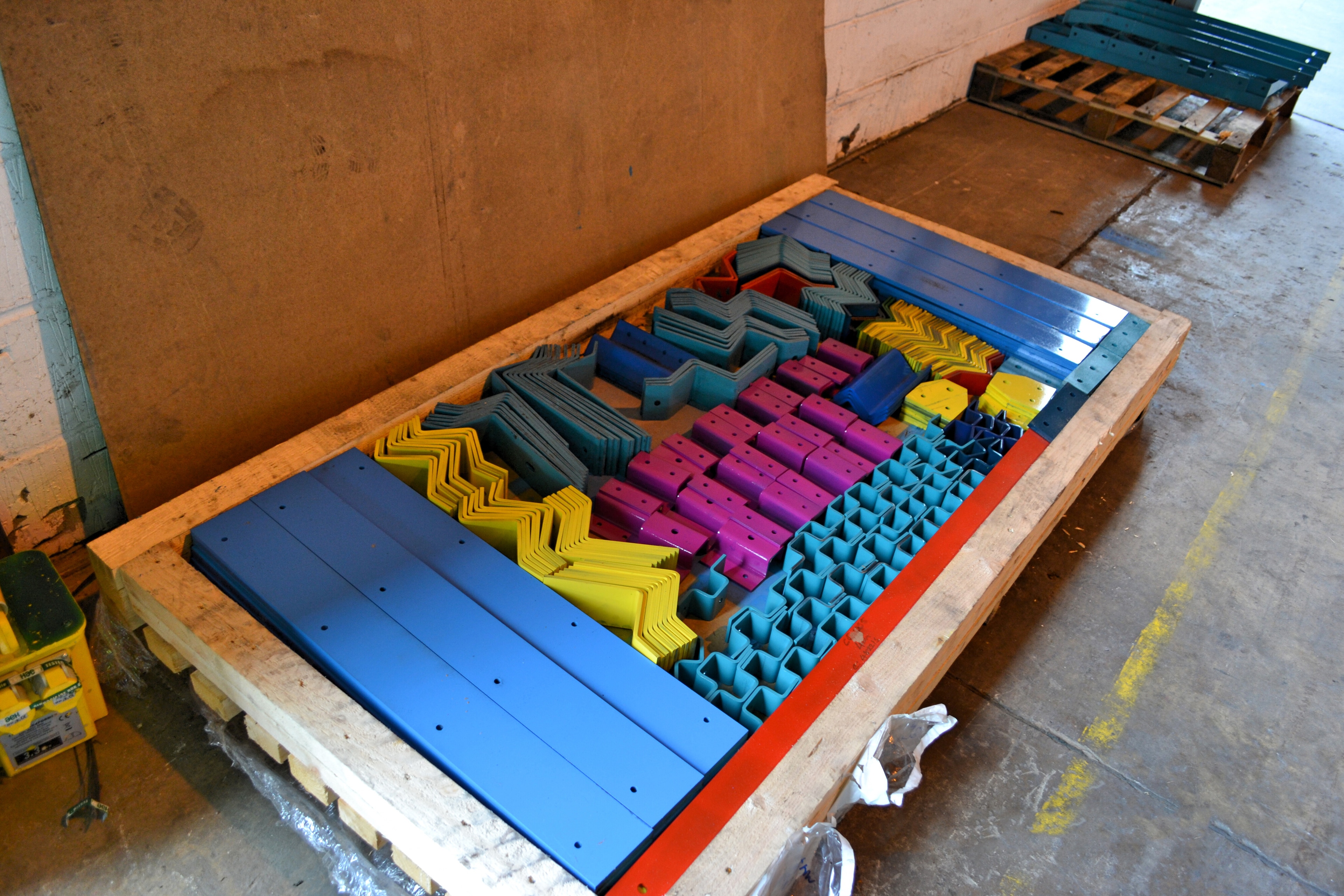How to master manufacturing's data and analytics revolution

Data and analytics are a key driver in realizing the “Factory of Future”. Image: Unsplash
Listen to the article
- Data and analytics are key for a more efficient, resilient, and sustainable future in manufacturing.
- But despite high ambitions, many manufacturers struggle to capture satisfactory value from data and analytics in manufacturing.
- Successful manufacturers ensure a value focus in the selection of application, build a solid technological backbone and put organizational key success factors in place.
- A community of leading organizations incubated by the World Economic Forum has co-developed the Manufacturing Data Excellence Framework to support companies in unlocking data value in manufacturing.
Manufacturing is on the verge of a data-driven revolution, but like all revolutions it will require the right actions, individually and collaboratively, to realize its full potential. Within a few years, manufacturers will collaborate in hyperconnected value networks in which data‑and‑analytics applications drive productivity, new customer experiences, and societal and environmental effects. Indeed, data and analytics are a key driver in realizing the “Factory of Future” by enabling transparency, predictions and autonomous systems.
Already today, we see leading manufacturers applying data and analytics to achieve their objectives for efficiency, sustainability and resilience. The imperative to boost efficiency and productivity is driven by intense cost pressures as well as liquidity issues arising from COVID-19 pandemic-related business disruptions. Sustainable operations are at the top of the agenda for many companies – 79% have set a net-zero ambition, according to a recent Boston Consulting Group (BCG) survey of more than 1,700 manufacturing executives. At the same time, companies are seeking to build more resilient and connected supply chains, so they can anticipate and react faster to disruptions.
Most companies recognize that data and analytics are rapidly changing the way they manufacture goods. Among survey participants, 81% say they have implemented at least one data and analytics use case, and 72% say that the importance has increased over the past three years.
Despite the high ambitions and strong value proposition, companies have not yet tapped the full potential. Only 16% of manufacturing executives say that their company has captured value from data and analytics to date. While many have implemented at least some use cases, only 37% have managed to scale applications beyond specific areas of a plant.
A triad of interconnected success factors
Successful companies have demonstrated that three elements must be combined to drive full-scale implementation of data and analytics. First, they focus on value in selecting applications. Second, they establish a solid technological backbone comprising both information technology (IT) and operations technology (OT). Third, they promote organizational readiness to ensure that investments deliver the anticipated returns.
“To fully harvest the benefits of technology and implement new applications, change management is crucial. We need to set up the organization for success by putting people at the centre, building trust and involving the end-user early on in the process,” says Jane Arnold, Vice-President, Global SPS Strategy & Industry 4.0 Execution at Stanley Black & Decker.
Examples from various industry sectors demonstrate the importance of these success factors:
Petrochemicals: A large petrochemical client of Schneider Electric is leveraging advanced process control to improve asset productivity and energy consumption in a highly complex integrated plant. The advanced process control is informed by an accurate digital twin based on a thermodynamic model. Moreover, effective visualisation tools also provide transparency to the operators.
Thanks to strong existing infrastructure, no additional sensors were needed, and the system turns existing data into improved actions and insights. Moreover, the combination of IT knowledge and operational excellence skills was crucial to implement this advanced solution. Ultimately, the Schneider Electric solution helped the client realize a return on investment within a few months and increasing profitability by more than $10 million annually.
“This success story highlights the significant impact of advanced analytics applications on productivity and sustainability that can be achieved with open and interoperable solutions which work seamlessly with existing infrastructure,” says Astrid Poupart-Lafarge, Global Segment President, Oil & Gas and Petrochemicals at Schneider Electric.
Industrial containers: Data and analytics helped VIZUU, a subsidiary of Schaefer Werke, transform from being a traditional supplier of industrial containers to a digital service provider. Industrial containers are equipped with sensors that record a large variety of different parameters – e.g. filling level, temperatures, position, etc. – and publish the data to an SAP IoT cloud.
A multitude of different applications process the data to increase transparency and efficiency along the supply chain, with a 10% reduction in working capital, 20% increase in turnover ratio and 10% reduction in claim costs. Moreover, it allows VIZUU to create an additional business and new revenue streams through offering services. This successful business model requires a strong infrastructural backbone comprising of big data services, rules and authorisations for data management, as well as device connectivity.
"Our work with VIZUU emphasizes the strong value creation made possible through a powerful IoT infrastructure combined with an intelligent enterprise business model," said Amogh Umbarkar, Vice-President, Digital Supply Chain, Industry 4.0, SAP.
Building technology: Toshiba performs advanced analytics on building-related data to enhance asset performance and reduce the environmental footprint. In fact, energy consumption was cut by 16% with carbon emissions even reduced by 54%.
To achieve this, data from a multitude of partners and assets – such as entrance gates, elevators, air conditioning and lighting – is collected through heterogenous sensors and equipment. This data feeds value-adding applications, such as an improved energy management through, for example, optimized air flow, better utilization of machines and the control of ambient parameters based on predicted people movement.
These applications rely on a strong technological backbone allowing the acquisition and processing of a large amount of data as well as the connectivity of individual assets to a multi-tenancy Industrial Internet of Things (IIoT) cloud with role-based access control. Equally important, Toshiba considers the collaboration between the asset manufacturers, building owners and tenants to be a key success factor in this case.
A framework for manufacturing data excellence
To help companies navigate through the complex landscape of applications and offerings, the triad of value-focused applications, technological foundations and organizational enablers needs to be codified into a common structure and terminology.
The Manufacturing Data Excellence Framework, developed by a community of companies hosted by the World Economic Forum’s Platform for Shaping the Future of Advanced Manufacturing and Production, serves this purpose. We introduced this framework, comprising 20 different dimensions with five different maturity levels, in our recent white paper, “Data Excellence: Transforming manufacturing and supply systems”.
“One of the challenges we face when discussing the industry transformation towards data ecosystems is the lack of commonality of terminology. It’s very powerful to have a tool in which we have created common definitions and explanations, and around which we can build the foundations towards data sharing excellence in manufacturing,” says Niall Murphy, CEO and Co-founder of EVRYTHNG.
The first step is an assessment of the status quo using the framework. Companies will be able to objectively assess their maturity in implementing applications and technological and organizational enablers. They will then be able to compare their individual maturity versus the benchmark and define their individual target state.
The framework and assessment support a learning journey in which leading companies share best practices on data excellence and disseminate insights from their experience. Building on the Platform for Shaping the Future of Advanced Manufacturing and Production, the framework can also be leveraged to forge new partnerships to develop applications or advance the maturity of critical enablers.
Such partnerships play a vital role in accelerating new ecosystems and increasing their maturity, such as by implementing more advanced artificial intelligence or better data security standards. Moreover, as additional partners join from existing or new industries, the ecosystem grows and can capture the benefits of greater scale.
“The framework can not only help in understanding the status quo in capturing value from data, but also structure conversations around priority areas that need collective action. With our unique community, we can pilot new applications that demonstrate how data ecosystems can be leveraged to increase efficiency and become more agile, resilient and sustainable,” says Gunter Beitinger, Senior Vice-President Manufacturing and Head of Factory Digitalization at Siemens.
Shaping the future – together
We need to create open interconnected networks based on trust to enable a free and open information flow for connected, resilient and sustainable supply chains.
”“The World Economic Forum initiative can foster these discussions and we, as leaders, should collaboratively support this effort to achieve the data flows required to mitigate supply chain disruptions,” Scheider said.
The World Economic Forum invites stakeholders in manufacturing industries to apply the framework and to accelerate the transformation towards a data-driven path to a globally connected manufacturing sector.
Don't miss any update on this topic
Create a free account and access your personalized content collection with our latest publications and analyses.
License and Republishing
World Economic Forum articles may be republished in accordance with the Creative Commons Attribution-NonCommercial-NoDerivatives 4.0 International Public License, and in accordance with our Terms of Use.
The views expressed in this article are those of the author alone and not the World Economic Forum.
Stay up to date:
Advanced Manufacturing
Related topics:
Forum Stories newsletter
Bringing you weekly curated insights and analysis on the global issues that matter.
More on Manufacturing and Value ChainsSee all
Caroline Narich, Maria De Miguel, Jessika E. Trancik and Christine Gschwendtner
November 12, 2025






